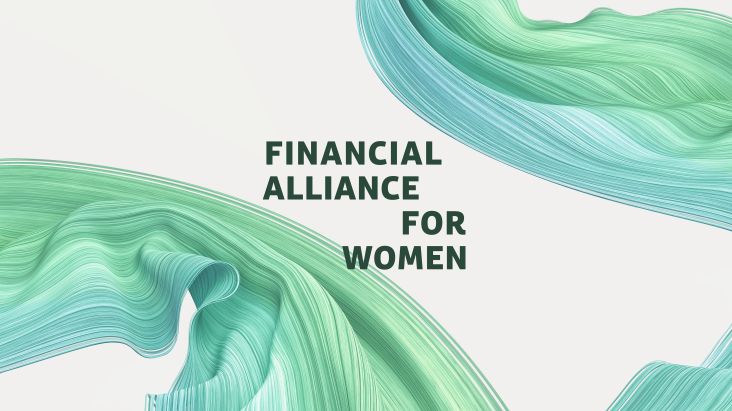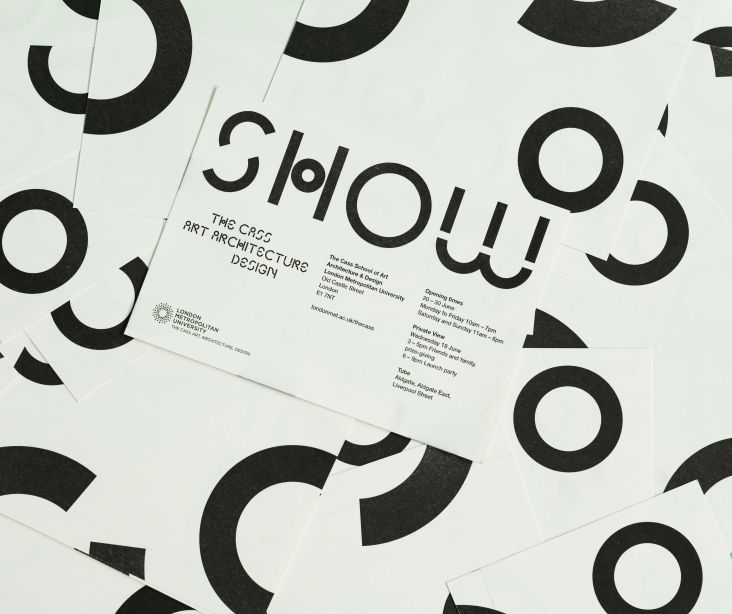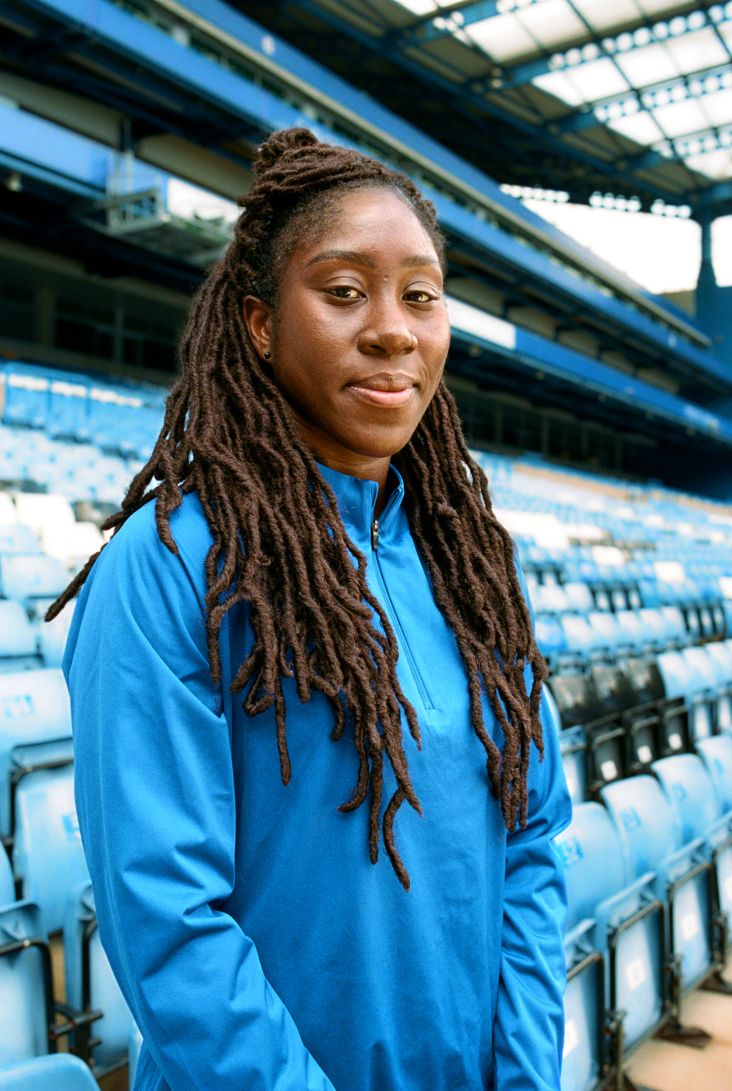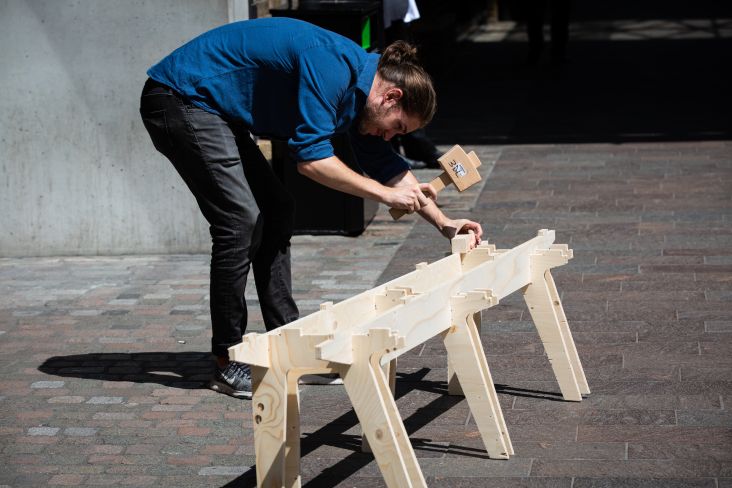Kaye Dunnings on Glastonbury's Shangri-La, how the festival has changed and why she has hope for the future
Kaye Dunnings is the Creative Director of Shangri-La at Glastonbury Festival – a wild and inspiring area celebrating underground art, music and culture.
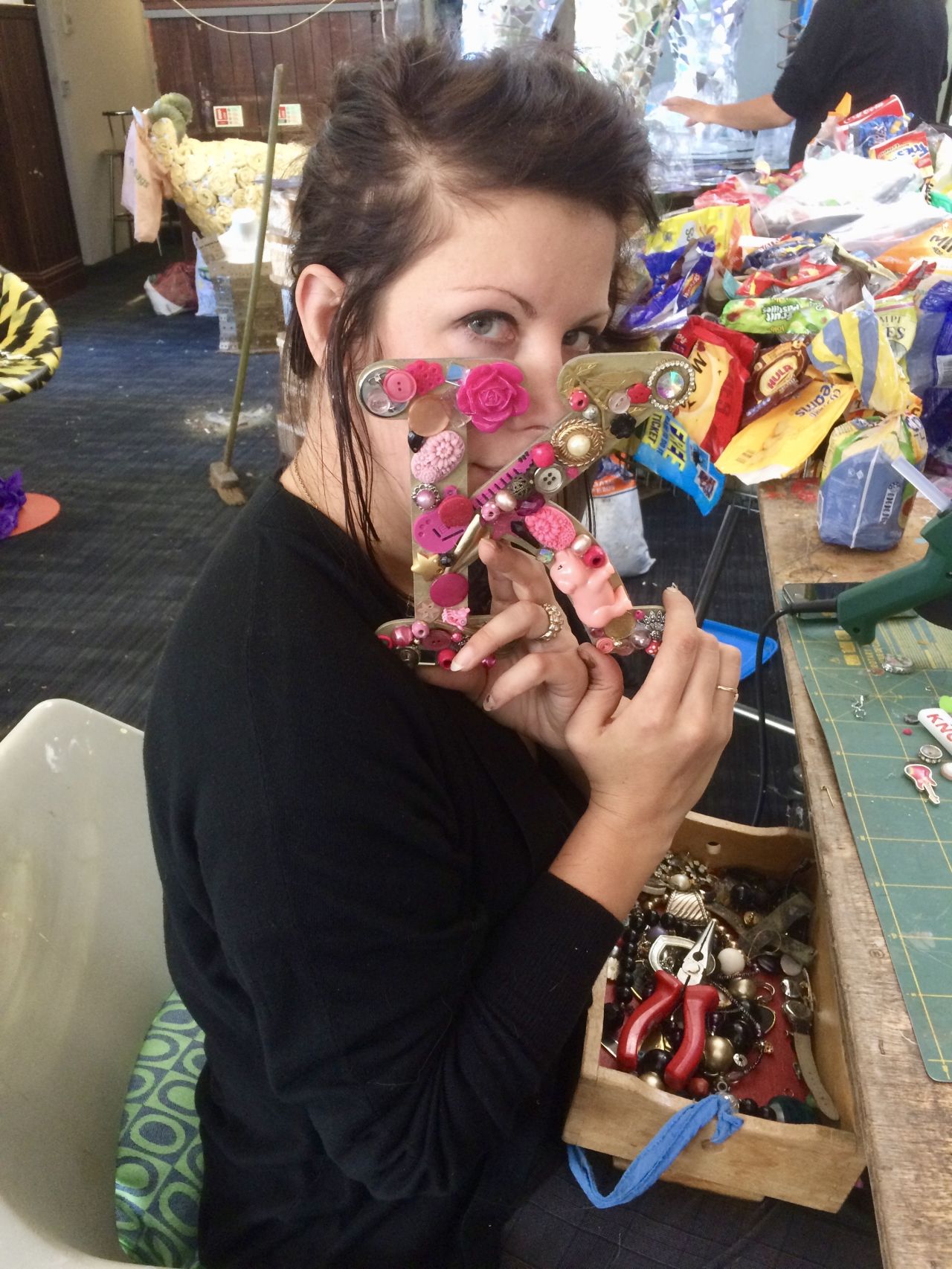
Kaye Dunnings. All photography courtesy of artist.
In 2002, Kaye began working as a performer and hostess in Lost Vagueness, the "naughty" corner of Glastonbury that was filled with DIY culture, activists, punks, circus performers and travellers. I remember it fondly.
Her mind was blown by the raw creativity she became a part of, so she decided to create something to contribute the following year in the form of The Laundromat Of Love. This tiny polka dotted tent was designed to provide a bit of an antidote to the hedonism of Lost Vagueness – a place for the introverts, and people that just needed a hug, to be welcomed and pampered by her all-female troupe of performers, The Laundrettas.
Fifteen self-created characters in the form of 1950s Housewives, but with a feminist twist – revealing the true essence of the modern woman - her strengths and flaws, through interactive theatre and comedy.
This first show Kaye created at Glastonbury was a big risk. But one that would ultimately lead to history being rewritten in 2008 when she was instrumental in forming Shangri-La. Something that had never been seen or experienced before in a field, something autonomous that would reflect her and her team's take on the world and change the way festivals are experienced forever.
As someone who has been to Glastonbury at least five times (more on this later), I was very excited to chat to Kaye about her incredible journey so far.
Taking risks has been good for you, hasn't it?
Yes, I guess when you're young you can take risks. You have to, really. You don't overthink it and you don't need a lot to survive either. We had nothing as kids but we still went out all the time. Having adventures constantly.
So you've grown up with Glastonbury?
Yeah, it's always been there. It's a really big part of everything I've done. All the friends that I've made. It's been 19 years since I went to my first Glastonbury Festival. It was pretty wild back then. Before the fence went up.
I was there with my friend, Robin Collings, who is co-producer of Shangri-La. He was doing his final project for his university course on events management and had somehow managed to blag a venue and build a skate park at the festival. I helped him with that, so that was my first experience of working at Glastonbury.
Then I came back two years later with Lost Vagueness. And that felt totally different. It was certainly more legit and with a different crowd.
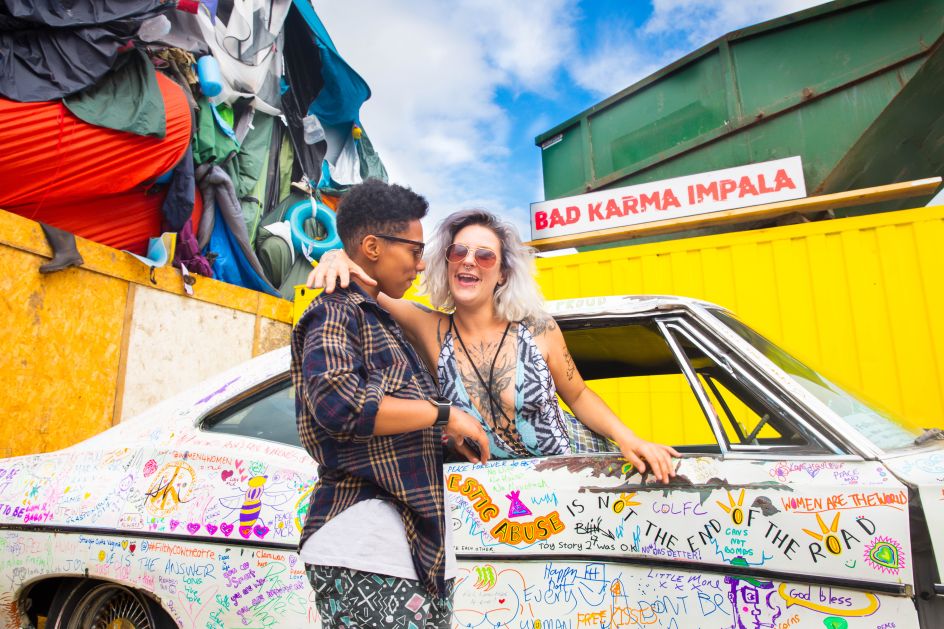
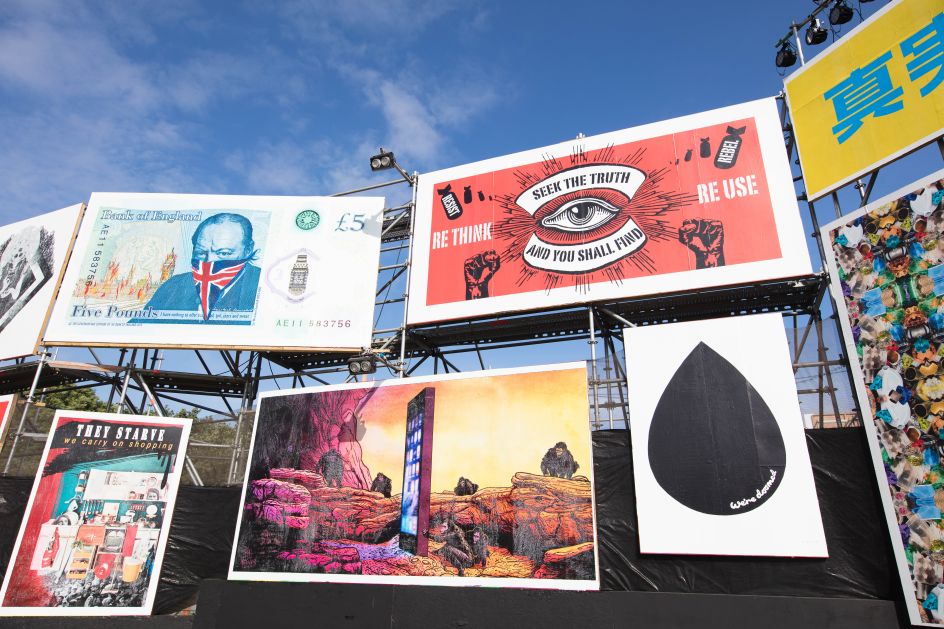
I've seen first-hand how the festival has changed. Certainly when it became more commercialised. Are you trying to bring back some of that previous magic with Shangri-La?
The magic is still there! It's just mutated and moved around. Many of the same people are still at Glastonbury putting on amazing shows. It's the rest of the world that's changed and with all change, you have to adapt.
How did Shangri-La come about then?
2008 was a bit of a funny crossover year for us, as everyone in Lost Vagueness wanted to do their own thing. A year later, I had this idea to take the model of The Laundromat Of Love and multiply it exponentially by pulling together 20 different crews of artists to curate their own mini venues, creating a small state within Glastonbury, so we could have a fully immersive show rather than just a themed event.
We built crazy sets for years and years. But since 2016, I've been reevaluating everything to see how we can strip back. To be as sustainable as possible. We have always re-used all of our old materials and sets over and over again. But I wanted to push it further by looking deeply at every element.
Everyone's aware of climate change now. But they still leave all their shit behind at festivals. We thought, well, we should probably try to do something about this. You can still party hard and be conscious of your actions.
What's this year's theme then?
So it's called Junkstaposition. It aims to look at where we're at now and what we can do as a community. We're trying to bring people together and make more of a human connection. Even at the festival people are still in their small groups. While the festival is a magical place, we thought, if we can connect humans together in general, in the world, then we'd look after the planet better.
Is that in response to the way society has changed over the last 20 years? How people are more self-focused. And how I've felt Glastonbury has changed, too?
Well, yeah, Glastonbury suddenly became really cool, didn't it? It's now on everyone's "bucket list". Before that, it was more for people who genuinely lived alternative lifestyles and believed in those values. By becoming trendy, it changed. Every brand now wants a piece of the festivals market.
And all of a sudden, people "need" things for the festival... the latest "festival" products are everywhere. Then there's festival fashion. This kind of idea that whatever a famous person wore at a festival in the 2000s is now a "look" people have to follow. (Pockets shouldn't stick out of hot pants!)
I don't think it's anything festival-related, it's definitely society. We're trying to bring back some truer values. We're saying, you don't need to buy new things. You've got clothes already. Let's see how we can best reuse and repurpose them.
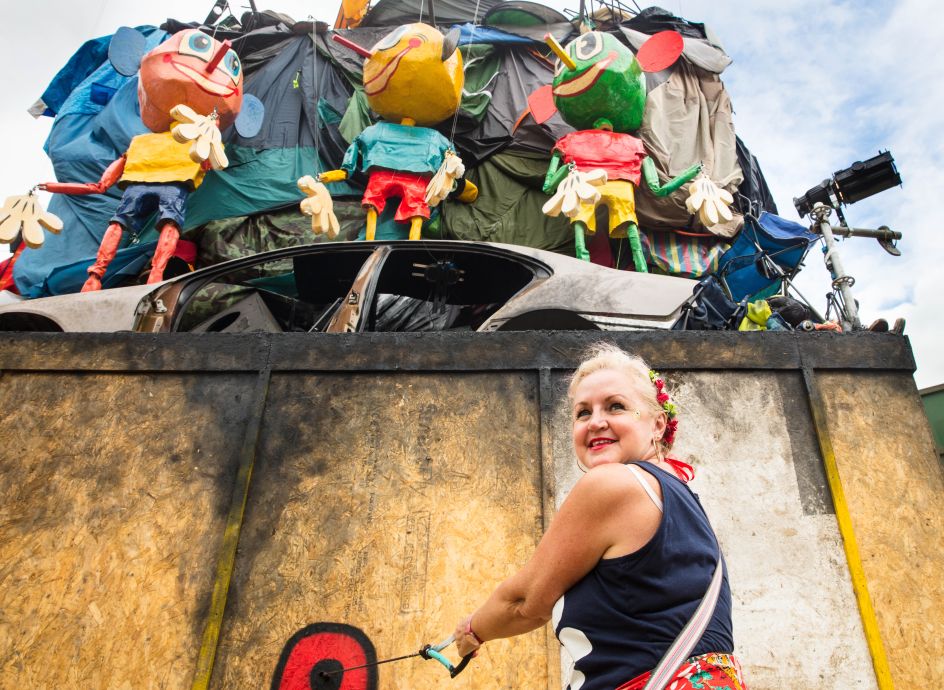
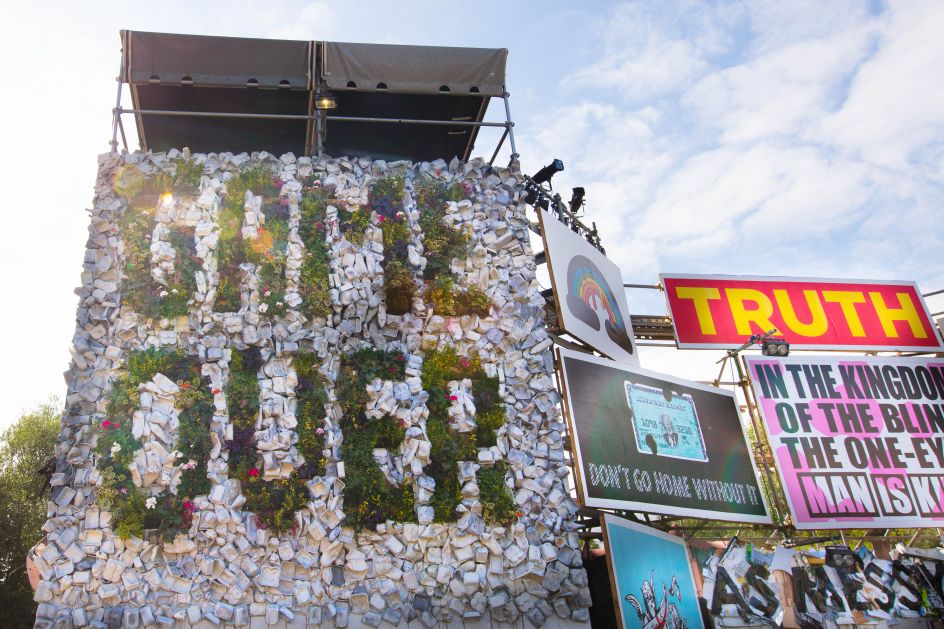
Are you hopeful for the future?
Yes. Young people are definitely embracing these messages more. About sustainability. We want them to be positively influenced by what we're doing at Shangri-La because they're the future. They don't get wasted as we did/do. They've obviously learnt from us – Generation X or Xennials – and our mistakes.
I think we're a similar age. We're supposed to be quite the entrepreneurs, aren't we?
Yeah, and a generation that grew up without any mobile phones, computers or the Internet. My friend's children, who are just 10 years old, have phones now and it's bonkers.
But I definitely think our generation is special. The festival world and "free party" movement – we seemed to be really hungry for change. Everyone I used to hang around with when I was younger is doing amazing things now. The Arcadia crew, for example, and their impact outside of Glastonbury. Or Steve Bedlam who looks after The Common at Glastonbury, he was the person who set up the Refugee Community Kitchen in Calais. Without having all that festival experience, it would be difficult to do these amazing things.
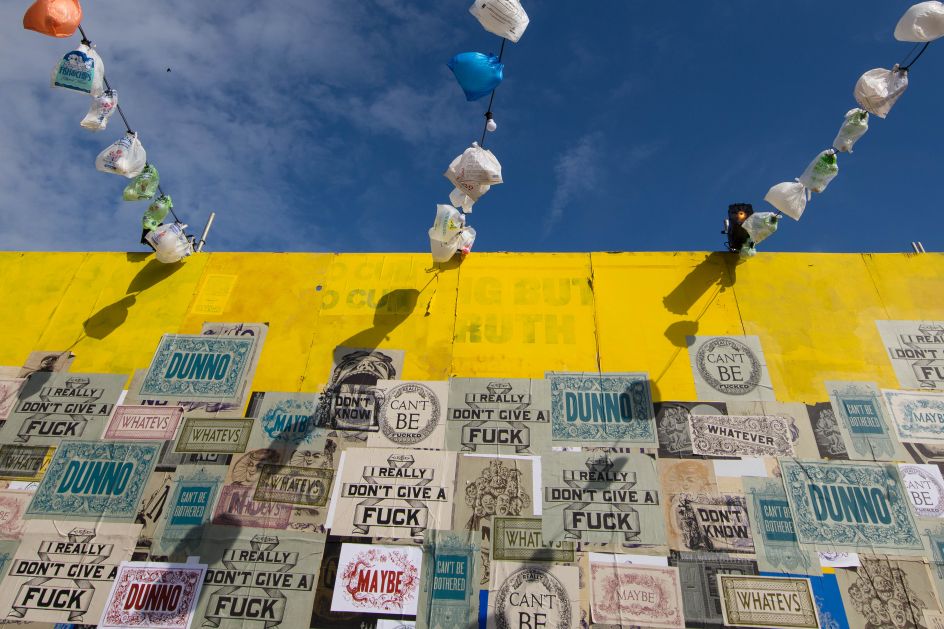
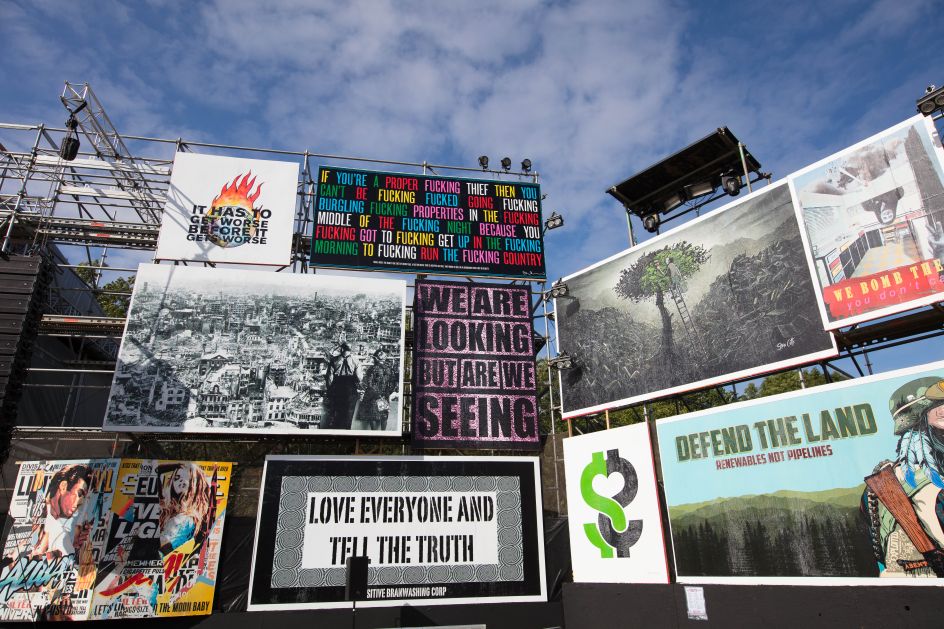
Moving on, have there been any "stand out" highlights of the last 10 years of Shangri-La?
Gosh. That's a difficult one. Well, I can see how we've influenced other festivals and events, and that's pretty amazing. Immersive theatre has certainly been adopted by events like Secret Cinema, Punch Drunk and Boomtown.
The "audience experience" has become more important. You don't just go to a gallery and look at art anymore, you can experience it in entirely new ways now.
But the biggest highlight for me is all the people that come together and make it happen. The hundreds of artists who have spent hours and hours creating in their studios, or months planning installations with their friends or days rehearsing, let alone the crew building it here in the field – all contributing so much incredible energy into what we're doing at Shangri-La – that's the most rewarding.
Also, being able to create a massive outdoor art gallery to try and influence people for greater good and change is awesome! I'm hoping we see more of this over the next few years anyway. Less and less consumerism and more engagement, joy, hope and activism: what can we do? How can we help each other? How can we make a positive change in the world?
And put away the mobile phone?
Yes! [Laughs] We're going to keep saying that over the mic, "Put your phones down and take your shit home!"
This year, we're carrying on our mantra to encourage people to not be so wasteful. No one wants to be a dick, so we hope the message, "Don't be a dick!", really hits home. We want to make people think as well as have the time of their lives! That's our mission.
I love that mission. It's reassuring to know that the same people of Glastonbury's Green Fields over two decades ago are still striving for that magic... I'm hoping to get back some of that magic myself, personally – getting off the treadmill.
I live in a caravan in an ex-scrapyard. That's how I can afford to do this job! But it's also how I want to live my life.
You're rejecting that aspiration that is forced upon us that is made only worse by things like Instagram...
Yeah, because it makes you think you want things that you don't really need. By living really simply, you've got more time and energy to give to the things you really care about. And who would want anything else?
Major thanks to Kaye Dunnings for the insight into the shape-shifting Shangri-La, which this year turns its satirical gaze to the "state of humanity and the impending apocalypse". The ominous warnings broadcast through Shangri-La’s billboards and SHITV’s shiny screens in 2017 still ring true two years on. As the world around us rapidly heads into chaos, what has become of the controversial and creative district?
The remnants of the last festival are still being processed through Shangri-La’s recycling plant. All the baby wipes, blow-up mattresses and bad choices have since morphed into monoliths that stand as stark warnings to this year’s attendees. In an urgent attempt to save the Shangri-verse, Shangri-La is remediating – one cable tie at a time, planting seeds of change as they go. Discover more at glastonburyfestivals.co.uk.
](https://www.creativeboom.com/upload/articles/c0/c0f4833513a758427120283374013d6da0e2b37d_732.png)
















